Hey everyone. Join me in welcoming the first ever Sega Does guest author, Taylor Pinson. He’s going to jump ahead a few years in the current SD timeline and discuss the Pioneer LaserActive. He’ll also be reviewing some of its games in the coming weeks. Please enjoy! – DC
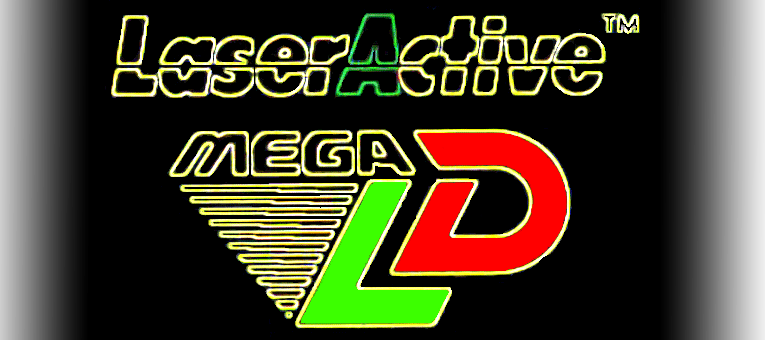
If we have learned one thing about Sega over the years, it’s that they love crazy hardware. And while they didn’t technically build this one, they did allow the Genesis hardware to be incorporated into it and even helped develop at least one of the games for it. For that reason, Dylan has graciously allowed me to write about the bizarre story of the Pioneer LaserActive. It’s little more than a footnote in the grand scheme of all things Sega, but I think it’s worth checking out, and I hope you will too.
RELEASED: 8/20/93 – (JP), 10/8/93 – (US)
PRICE: $970 for the base unit in US (¥89,800 in Japan) plus another $600 each for the Sega and NEC PACs needed to actually play games.
TECH SPECS: The guts of a Sega Genesis & Sega CD or a Turbo Duo (depending on which PAC was inserted) grafted on to a Laser Disc player.
NUMBER OF GAMES: 31* (24 for the Sega PAC, 14 for the NEC. 7 of those were released for both formats).
UPDATES: None, but NEC did release their own re-badged version of the LaserActive in Japan.
UNITS SOLD: An estimated 10,000 were sold, according to Wikipedia.
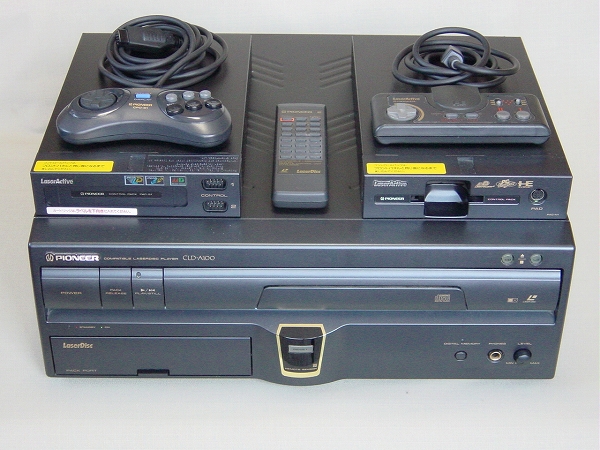
The LaserActive is probably one of the craziest video game consoles to ever see the light of day. It’s an end-all be-all machine designed by Pioneer to do anything and everything a person (in the early 1990s) could want out of a high-end entertainment center, combined into a single, very large box.
It has a CD player for music, a Laserdisc player for movies (the most technologically advanced format in 1993), the hardware to play all of your favorite Genesis, Sega CD and TurboGrafx-16 games, as well as exclusives on Laserdisc sporting some very impressive graphics. It’s a very intriguing idea that sadly doesn’t work for a host reasons.
The LaserActive’s price was staggeringly expensive when it launched in late 1993. The base unit cost $970 and could only play CDs and Laserdiscs. If you wanted to play games, you needed another $600 for either the Sega or NEC system PAC, plus another $100 at a minimum for one LaserActive game. That means you’d have to pay $1670 (or the equivalent today of about $3000 after adding sales tax and adjusting for inflation) to get the most out of your new system.

There were very few games released for it, which was made worse by Pioneer’s decision to release games in two mutually exclusive formats. LaserActive games came as either Mega LDs for the Sega PAC or LD-ROM2’s for the NEC one. Neither was compatible with the other. A few games were released in both formats, but ultimately only 31 different ones were available between the two.
The exclusive software is pretty, but often very shallow. The one thing the LaserActive could do better than any of its competitors was Full Motion Video. It could display video at near-DVD quality back when other systems were stuck looking like a badly done YouTube clip. Most games took advantage of this by overlaying video game graphics on top of pre-recorded footage. It’s a graphical cheat that a fair number of games used back then to look more impressive, but it severely limits what you can do to mostly on-rails shooters, or Dragon’s Lair-style FMV games.
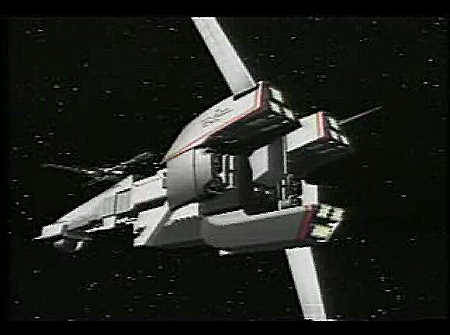
The timing also worked against it. 1993 was a crazy year for video games. 15 different consoles and handhelds were actively marketed and supported at the time, including 5 that launched that year. The 16-bit era was still king and FMV games were getting plenty of attention, but the industry was already shifting towards 3D games and gameplay, something the Sony Playstation and Sega Saturn would both focus on when they came out the following year.
Ultimately, a perfect storm of high prices, shifting interests, poor timing, and bad decisions killed the LaserActive, and Pioneer ended support for it in 1995, a little less than 2 years after launching it.
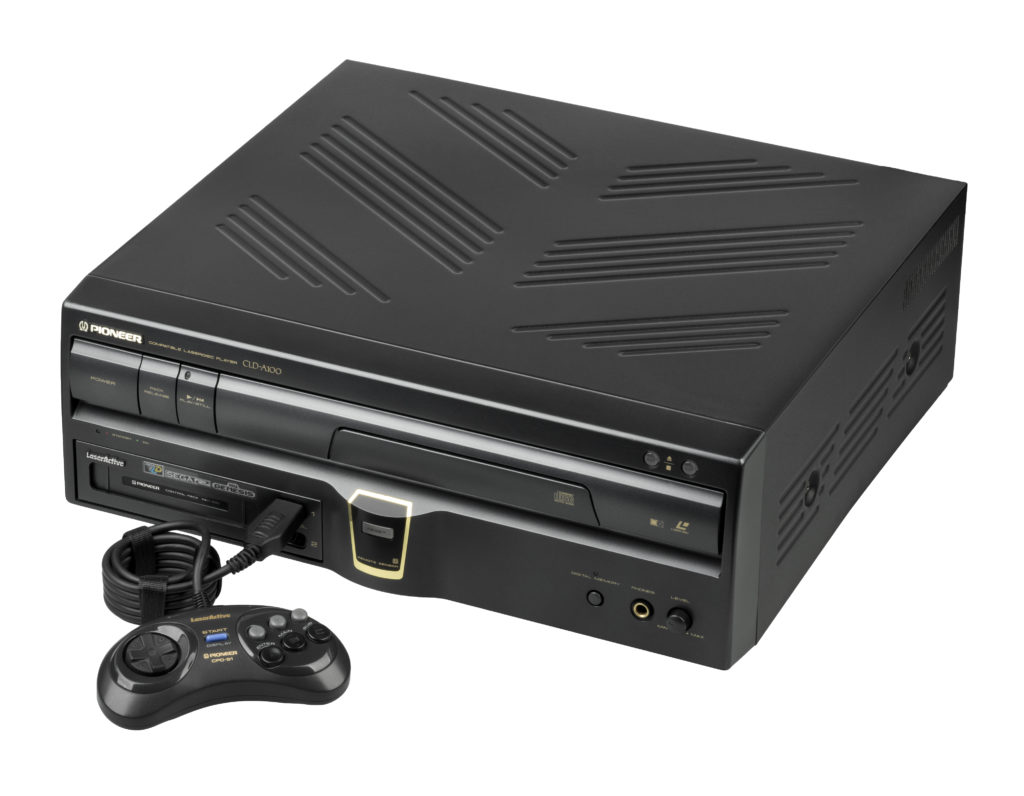
These days, the LaserActive faces a wealth of problems that keep it from climbing out of obscurity. The hardware and games are fragile and break easily, everything about it is still expensive and hard to find, and it hasn’t been emulated, thanks to a general lack of interest and the difficulty in backing up the software.
Despite all of its flaws, the LaserActive isn’t all bad. Some of its games are very fun (I’ll be going over which ones in the coming weeks), and it is hard to deny the cool factor of messing around with such a big, bulky and downright strange piece of video game history.

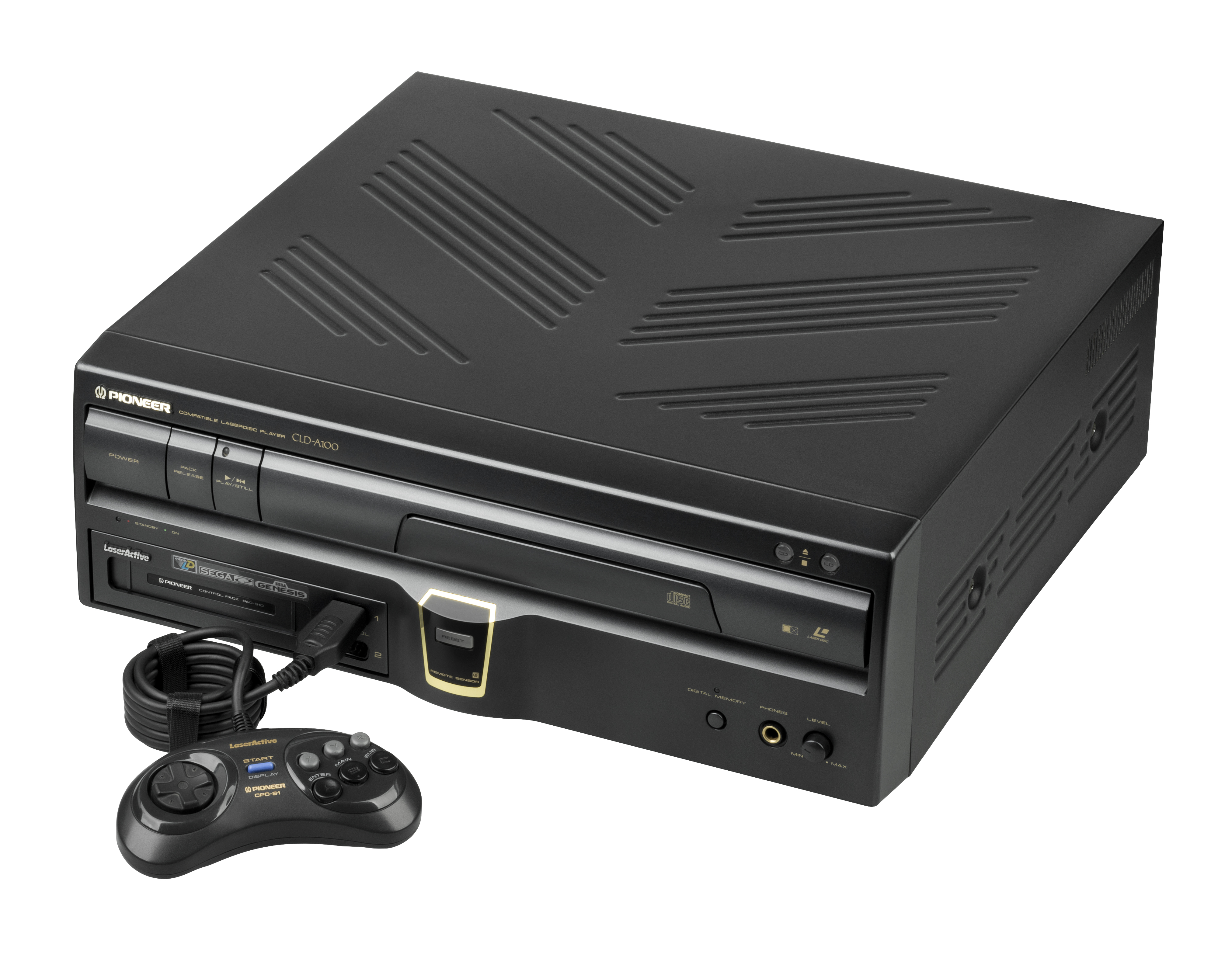
7 replies on “The Pioneer LaserActive (1993)”
Looking forward to the game reviews. I know nothing about the Mega LD apart from it existed. Interesting there is a Sega game library that most people have probably never played.
Hopefully someone will get around to emulating the system so the masses get to try these Sega titles out.
I’d love to see the LaserActive get properly emulated. A few people have tried to do it over the years, but sadly none of those projects advanced far enough to produce anything playable.
The game I always wanted to try was the Laser Active version of Time Gal. It should be fairly close to the arcade with the Laserdisc visuals compared to the Sega CD pixelated video.
I also know virtually nothing about this system and its games, so I can’t wait for the follow up articles.
Man those huge discs still look impressive every time I see one. Apparently they are the same size as a long play vinyl record (12″).
Oh yea, laserdisc’s where big. I guess considering they were analog media really. A lot of movies came on 3 discs. And they were expensive. My friend had a Pioneer player that cost him maybe 800.00 and he used it mostly for anime but he had the LD Star Wars movies.
I think this is one of those “holy grail” items for Sega Genesis/MegaDrive collectors, much like the Sega TeraDrive, or the Amstrad Mega PC. I would love to get my hands on a unit, along with the MD and Turbo PAC units, but of course, this is a bit of a pipe dream. I do still want to acquire a high-end LaserDisc player at some point, though, because having the final Star Wars LD set would be sweet. Plus there’s a guy in my town who always has LD’s on his garage sale, and they never go. He has a bunch of great movies. They’ve also started to show up at the Goodwill nearest me, so I would have access to a bunch of good movies for next to nothing.
Crazy how much LD movies used to cost. I remember going to the video store and they were selling Aliens for $120! And this was back in… 97, 98 maybe? Madness!